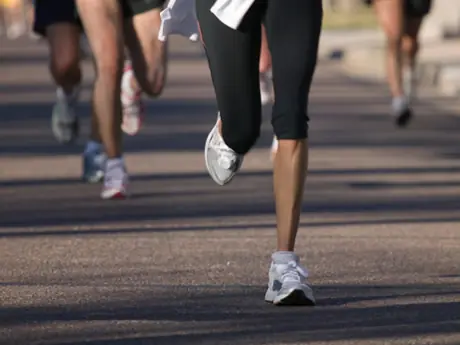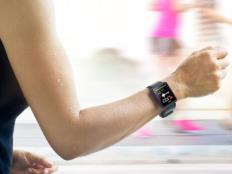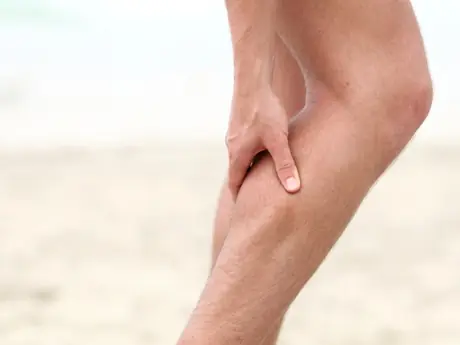
Training for a marathon is a significant commitment. It requires a lot of hard work and skill to balance the demands of high mileage, tempo runs and long runs.
The marathon requires more planning and preparation than any other race distance. You'll experience more muscle damage and you'll need to pay close attention to your pace. Fueling is also more important for a marathon than a shorter race where there's less of a risk of running out of muscle glycogen.
But what if you're trying to run your fastest marathon? Isn't running a marathon PR about more than just training? Yes, it is. Every aspect of your race should be planned and you need to take advantage of variables outside of training to help you run a better marathon.
More: Marathon Specificity: How to Kick-Start Your Training
Run a Race in Cooler Temperatures
It's an unfortunate fact that running fast in the heat is significantly more difficult, no matter how fast you ran during marathon training. Anybody who raced the Boston Marathon in 2012, when temperatures spiked to 90 degrees, will agree.
While there are some elite marathoners who can race fast in summer conditions, (just look at the Olympic Marathon in Beijing) heat and humidity aren't ideal weather conditions for runners.
It's best to choose a race that has a history of cool, dry race-day weather. Most fall marathons in October or later will have better temperatures for running.
Races in the spring can be a gamble since the temperature is not as predictable. And if it's hot, you may not be used to running in those conditions.
- 1
- of
- 2
About the Author

Get ACTIVE on the Go


Couch to 5K®
The best way to get new runners off the couch and across the finish line of their first 5K.
Available for iOS | Android






Discuss This Article